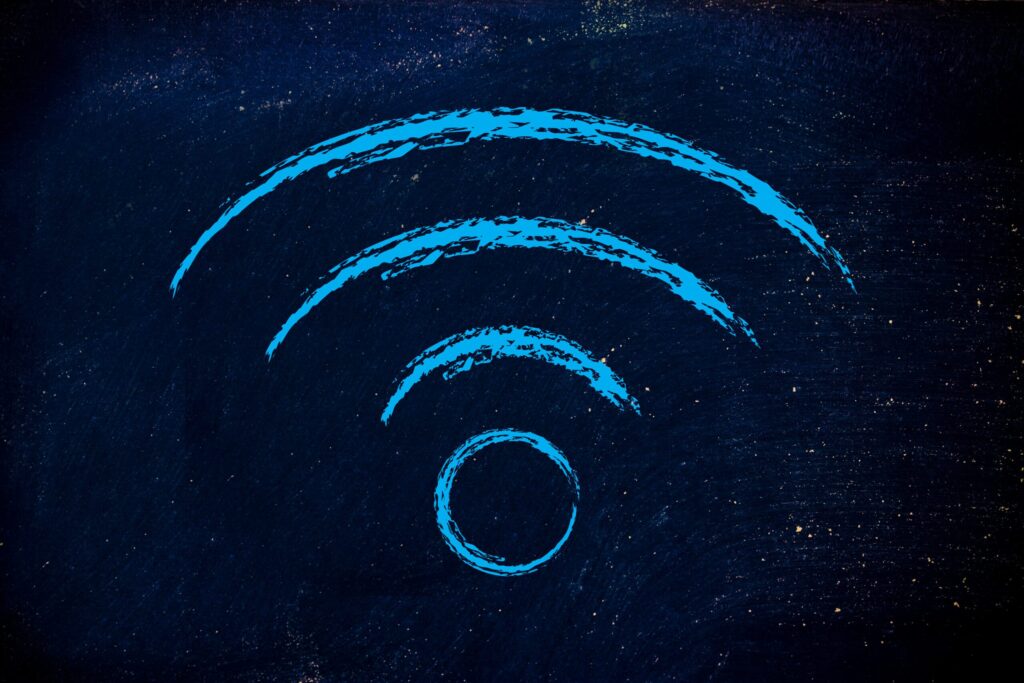Bureau Veritas confidently maintained its guidance and is looking for more acquisitions
Testing and certification giant Bureau Veritas reported consolidated revenues of nearly 1.6 billion euros (approximately $1.8 billion) for the first quarter of 2025, up more than 8% from the same time last year.
The company said that it is seeing “steady and consistent” growth in every geographic region and “broad growth” across all of its sectors. BV is maintaining its guidance, kicked off a 200 million euro share buyback program, and indicated that it is open to further acquisitions, with 600 million euros in uncommitted credit that could be used. Bureau Veritas had entered into merger talks earlier this year with testing and certification competitor SGS, but that didn’t result in a deal.
In its first-quarter 2025 release, the company said that it would “focus on small bolt-on acquisitions and will very selectively consider medium-sized bolt-on deals with revenue in the range of EUR 100 million to EUR 500 million.”
“Bureau Veritas has a resilient business and geographical mix, and will continue to actively manage its portfolio with disciplined bolt-on acquisitions,” said CEO Hinda Gharbi, commenting on the company’s results. “While we are navigating an uncertain and complex macroeconomic environment, our Group has a solid backlog, an engaged workforce and a proven execution track record. Therefore, we are keeping our outlook unchanged, closely monitoring market developments and accelerating our performance programs to bring additional resilience to our business.”
Bureau Veritas reported that its Industry segment revenues were up more than 14% year-on-year, Certification revenues grew nearly 11% and its Consumer Products Services segment saw more than 3% growth.
In other test news:
–Spirent Communications has debuted a new Wi-Fi testing solution aimed at increasing automation in Wi-Fi 6/6E and Wi-Fi 7 performance testing and validation, with a package that it says is “designed to dramatically accelerate Wi-Fi station testing by replacing time consuming, inconsistent, and resource-intensive manual testing with structured, repeatable, and scalable validation automated workflows.”

The Octobox STA Automation Package works with Spirent’s Octobox testbed, which is a set set of isolated chambers and instruments that can be customized for over-the-air testing of Wi-Fi equipment and devices.
“The complexity and time required to test next-generation Wi-Fi devices has increased exponentially with advancements like 320 MHz channels, 4096 QAM, and Multi-Link Operation,” said James Kimery, who is Spirent’s VP of Wireless Product Management. “Our new STA Automation Package is designed to help quality assurance teams tackle these challenges head on, with comprehensive automated performance testing workflows that can reduce test time by up to 70 percent compared with manual methods and enable the execution of dozens of test scenarios in the time it once took to run just a few.”
–Keysight Technologies said that it is working with Intel Foundry to support silicon bridge EMIB-T, or Embedded Multi-die Interconnect Bridge-T, technology, for high-performance interconnects in chip packaging.
“Our collaboration with Keysight EDA on EMIB-T silicon bridge technology is a pivotal step in advancing high-performance packaging solutions,” said Suk Lee, VP and GM of Intel Foundry’s Ecosystem Technology Office. Lee explained: “By integrating standards like UCIe 2.0, we enhance chiplet design flexibility for AI and data center applications, accelerating innovation and ensuring our customers meet next-generation demands with precision.”
–Rohde & Schwarz said this week that it is collaborating with Analog Devices (ADI) on automotive Ethernet testing, using Rohde’s MXO 4 and 5 series oscilloscope with the R&S MXOx-K560 option to decode the automotive Ethernet 10BASE-T1S (IEEE 802.3cg) communications.
R&S will also be highlighting its power design solutions at the upcoming PCIM Expo in Nuremberg, taking place next week.
–EXFO is stepping up capabilities in the 1.6T validation realm, and says that it has the first 1.6T validation system that supports the “complete end-to-end 1.6T ecosystem” from design, component and transceiver manufacturing, all the way to ongoing validation. Introduced at OFC earlier this month, EXFO’s BA-1600 is an electrical Bit Error Rate tester and “utilizes the same platform in the lab as in fabrication for seamless transition and correlation,” the company said.
“This is an exciting innovation from EXFO that accelerates the race to 1.6T,” said Etienne Gagnon, SVP of Test and Measurement at EXFO. “It’s a necessary step to support demand created by machine learning and AI applications, ensuring faster ramp-up and faster time-to-market for manufacturers, hyperscalers, datacenter operators, and other service providers.”

